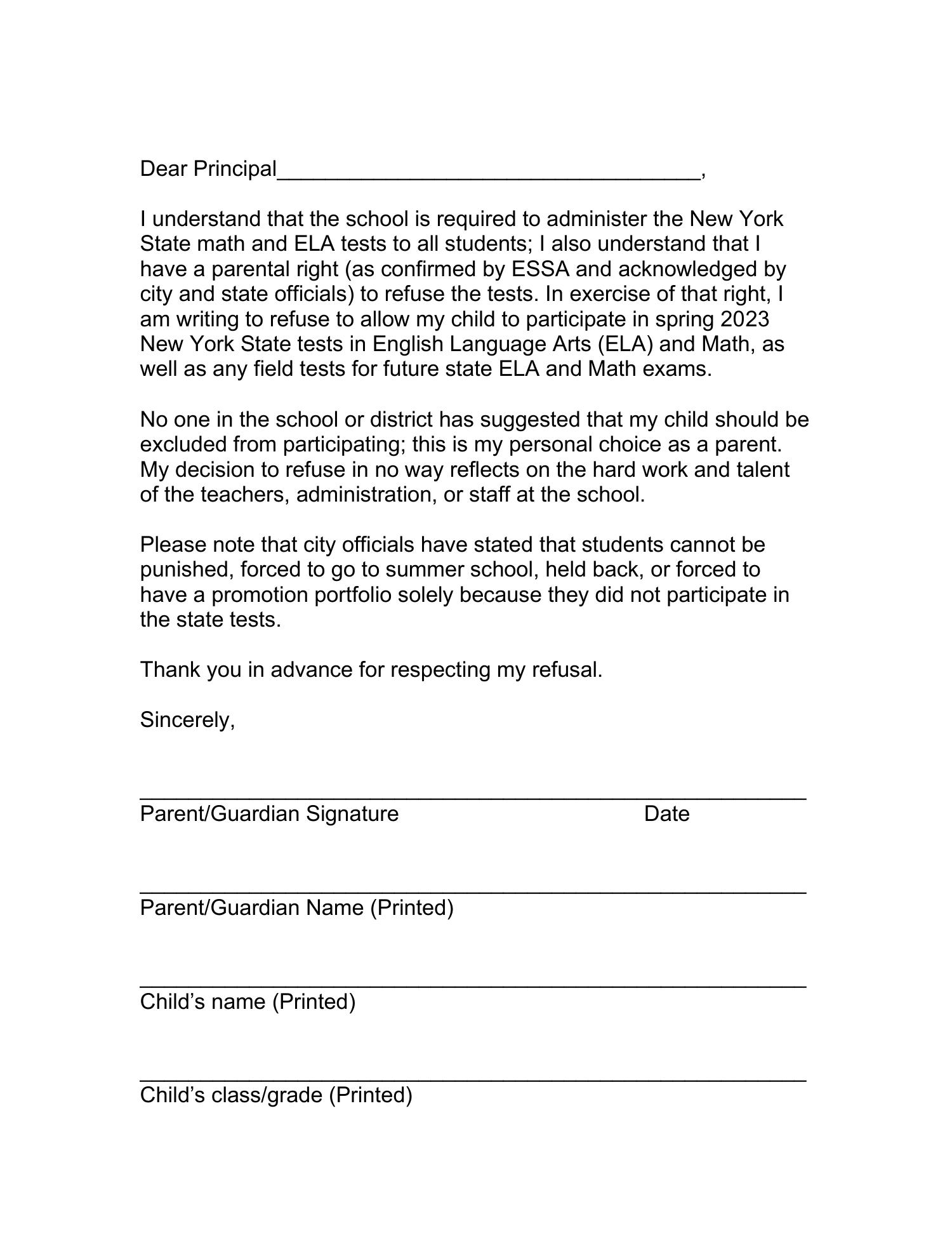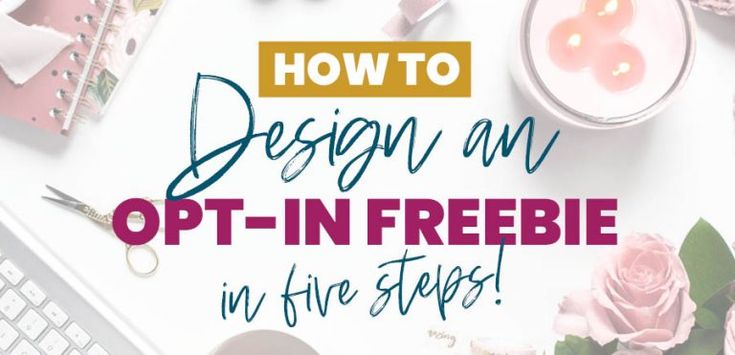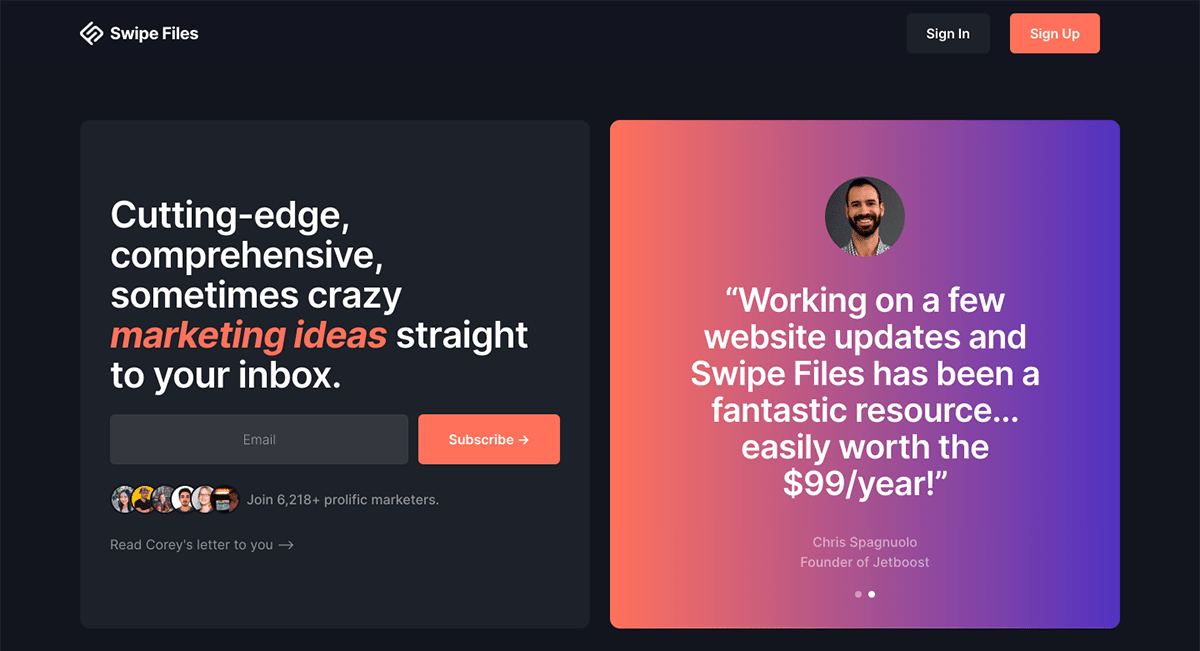Opt-in Strategies: 5 Tips for Success

Welcome to the fascinating world of opt-in strategies, a crucial aspect of modern marketing and communication. In today's digital age, businesses and individuals alike are constantly seeking innovative ways to engage their audience and build meaningful connections. One powerful tool in their arsenal is the art of opt-in marketing, which involves encouraging users to actively choose to receive updates, offers, or content. However, the challenge lies in crafting effective opt-in strategies that not only respect user preferences but also drive engagement and foster long-term relationships.
In this comprehensive guide, we will delve into the realm of opt-in strategies, exploring the best practices, tips, and techniques that can elevate your marketing efforts and take them to new heights. Whether you're a seasoned marketer or just starting out, understanding the intricacies of opt-in strategies is essential for navigating the complex digital landscape and maximizing your reach.
So, without further ado, let's embark on this journey and uncover the secrets to creating successful opt-in strategies that will captivate your audience and propel your brand to success.
Understanding the Power of Opt-in Strategies

Opt-in strategies are a fundamental component of permission-based marketing, a concept that revolves around obtaining explicit consent from users before sending them promotional content or updates. By adopting an opt-in approach, businesses can build a loyal customer base, enhance brand reputation, and foster a sense of trust and transparency with their audience.
The beauty of opt-in strategies lies in their ability to empower users with choice and control over the content they receive. In an era of information overload and overwhelming marketing messages, users appreciate the opportunity to opt in to communications that align with their interests and preferences. This shift towards user-centric marketing not only enhances the user experience but also drives higher engagement rates and better conversion metrics.
Tip 1: Craft Compelling and Transparent Opt-in Forms

The foundation of any successful opt-in strategy is the design and placement of opt-in forms. These forms serve as the gateway through which users express their interest and consent to receive further communications. Therefore, it is crucial to ensure that your opt-in forms are not only visually appealing but also transparent and informative.
When crafting your opt-in forms, consider the following best practices:
- Clear Language: Use simple and straightforward language to convey the purpose of the opt-in. Avoid jargon or complex terms that may confuse users.
- Highlight Benefits: Clearly communicate the value users will gain by opting in. Highlight the exclusive offers, valuable content, or insider tips they can expect to receive.
- Privacy Assurance: Reassure users about their privacy and data protection. Include a link to your privacy policy or a brief statement outlining how their information will be used and secured.
- Consent Options: Provide users with multiple consent options, allowing them to choose the frequency and type of content they wish to receive. This customization enhances the user experience and demonstrates respect for their preferences.
- Placement: Strategically place your opt-in forms on high-traffic pages or sections of your website. Consider using pop-ups, slide-ins, or inline forms to capture attention and maximize conversions.
By implementing these practices, you can create opt-in forms that not only capture user attention but also inspire confidence and encourage active participation.
Tip 2: Offer Incentives and Value Propositions
In today’s competitive digital landscape, users have countless options for the content they choose to engage with. To stand out and entice users to opt in, it is essential to offer compelling incentives and value propositions.
Here are some effective strategies to incorporate incentives into your opt-in campaigns:
- Exclusive Discounts: Offer special discounts or promotional codes exclusively to users who opt in. This not only provides an immediate incentive but also creates a sense of exclusivity and urgency.
- Free Content or Samples: Provide users with access to exclusive content, such as e-books, whitepapers, or sample products. This strategy allows users to experience the value of your offerings firsthand, encouraging them to opt in for more.
- Membership or Loyalty Programs: Create a membership-based system that rewards users for opting in. Offer exclusive benefits, such as early access to new products, personalized recommendations, or loyalty points that can be redeemed for rewards.
- Contests and Giveaways: Organize exciting contests or giveaways that require users to opt in to participate. This strategy not only incentivizes opt-ins but also generates buzz and engagement around your brand.
Remember, the key is to offer genuine value that aligns with your brand and resonates with your target audience. By providing users with incentives that cater to their needs and interests, you can drive higher opt-in rates and foster a sense of loyalty.
Tip 3: Personalize Your Opt-in Communications
In an era of personalized experiences, users expect customized content that speaks directly to their interests and preferences. By leveraging personalization techniques in your opt-in communications, you can create a more engaging and meaningful connection with your audience.
Here's how you can incorporate personalization into your opt-in strategies:
- Segment Your Audience: Divide your audience into targeted segments based on demographics, interests, or purchase behavior. This allows you to deliver tailored messages and content that resonate with each segment's unique characteristics.
- Dynamic Content: Use dynamic content elements in your emails or communications to display personalized information based on user data. This could include their name, purchase history, or preferences, creating a more intimate and tailored experience.
- Recommender Systems: Implement recommender systems that suggest products, services, or content based on user preferences and behavior. By offering personalized recommendations, you can enhance the user experience and increase the likelihood of opt-ins.
- User-Generated Content: Encourage users to share their experiences, reviews, or feedback through user-generated content. By incorporating their stories or testimonials into your opt-in campaigns, you can create a sense of community and foster a deeper connection with your audience.
By embracing personalization, you can transform your opt-in communications from generic messages to highly tailored experiences that resonate with your audience on a deeper level.
Tip 4: Utilize Social Proof and Testimonials

Social proof is a powerful psychological principle that leverages the influence of others to build trust and credibility. By incorporating social proof elements into your opt-in strategies, you can enhance user confidence and encourage them to take the opt-in action.
Consider the following techniques to leverage social proof:
- Customer Testimonials: Showcase real testimonials or reviews from satisfied customers who have opted in to your communications. This social proof demonstrates the value and benefits others have experienced, inspiring confidence in potential opt-ins.
- Influencer Endorsements: Collaborate with influencers or industry experts who can vouch for the quality and value of your offerings. Their endorsement can serve as a powerful form of social proof, influencing others to follow suit.
- Display Subscriber Counts: Highlight the number of subscribers or followers you have on your website or social media platforms. Seeing a large community of engaged users can create a sense of FOMO (Fear of Missing Out) and encourage others to join.
- Case Studies: Share success stories or case studies that showcase the positive impact your opt-in communications have had on others. These real-life examples can inspire potential opt-ins to take action and experience similar benefits.
By leveraging social proof, you can tap into the power of peer influence and create a more compelling opt-in experience for your audience.
Tip 5: Optimize Your Opt-in Process for Mobile
With the increasing dominance of mobile devices, it is essential to optimize your opt-in process for a seamless mobile experience. Users expect a smooth and user-friendly journey, regardless of the device they are using.
Here are some key considerations for mobile optimization:
- Responsive Design: Ensure that your opt-in forms and landing pages are fully responsive, adapting seamlessly to different screen sizes and devices. This guarantees a consistent and visually appealing experience for mobile users.
- Simplify Form Fields: Minimize the number of form fields required to complete the opt-in process. Too many fields can be overwhelming and discourage users from proceeding. Focus on capturing only the essential information.
- Thumb-Friendly Design: Design your opt-in forms with mobile usability in mind. Place important elements, such as buttons or checkboxes, within easy reach of the user's thumb to facilitate a smooth and intuitive experience.
- Mobile-Friendly Incentives: Offer incentives that are specifically tailored to mobile users. For example, provide exclusive mobile-only discounts or rewards to encourage users to opt in while on the go.
- Test and Iterate: Conduct A/B testing to optimize your mobile opt-in process. Experiment with different form layouts, incentives, or call-to-action phrases to identify what resonates best with your mobile audience.
By prioritizing mobile optimization, you can ensure that your opt-in strategies are accessible and engaging for the growing number of mobile users, maximizing your reach and conversions.
Conclusion: Elevate Your Opt-in Strategies with These Tips
In the competitive world of digital marketing, crafting effective opt-in strategies is crucial for building meaningful connections with your audience. By implementing the tips and best practices outlined in this guide, you can enhance your opt-in campaigns and drive higher engagement and conversion rates.
Remember, the key to successful opt-in strategies lies in understanding your audience, offering genuine value, and respecting their preferences and privacy. By embracing transparency, personalization, and mobile optimization, you can create opt-in experiences that captivate and inspire your audience to actively choose to engage with your brand.
So, embrace these tips, experiment, and watch your opt-in rates soar as you navigate the digital landscape with confidence and success.
How can I measure the success of my opt-in strategies?
+To measure the success of your opt-in strategies, you can track key metrics such as opt-in conversion rates, open rates, click-through rates, and unsubscribe rates. These metrics provide valuable insights into the effectiveness of your campaigns and help you identify areas for improvement.
Are there any legal considerations when implementing opt-in strategies?
+Yes, it is crucial to comply with privacy laws and regulations, such as the General Data Protection Regulation (GDPR) in the EU or the CAN-SPAM Act in the US. Ensure that your opt-in forms clearly communicate the purpose of data collection and provide users with the option to unsubscribe at any time.
How often should I send opt-in communications to my subscribers?
+The frequency of your opt-in communications should be determined based on your audience’s preferences and engagement levels. It’s important to strike a balance between providing valuable content and avoiding overwhelm. Regularly analyze your subscriber engagement metrics to optimize the frequency of your communications.



